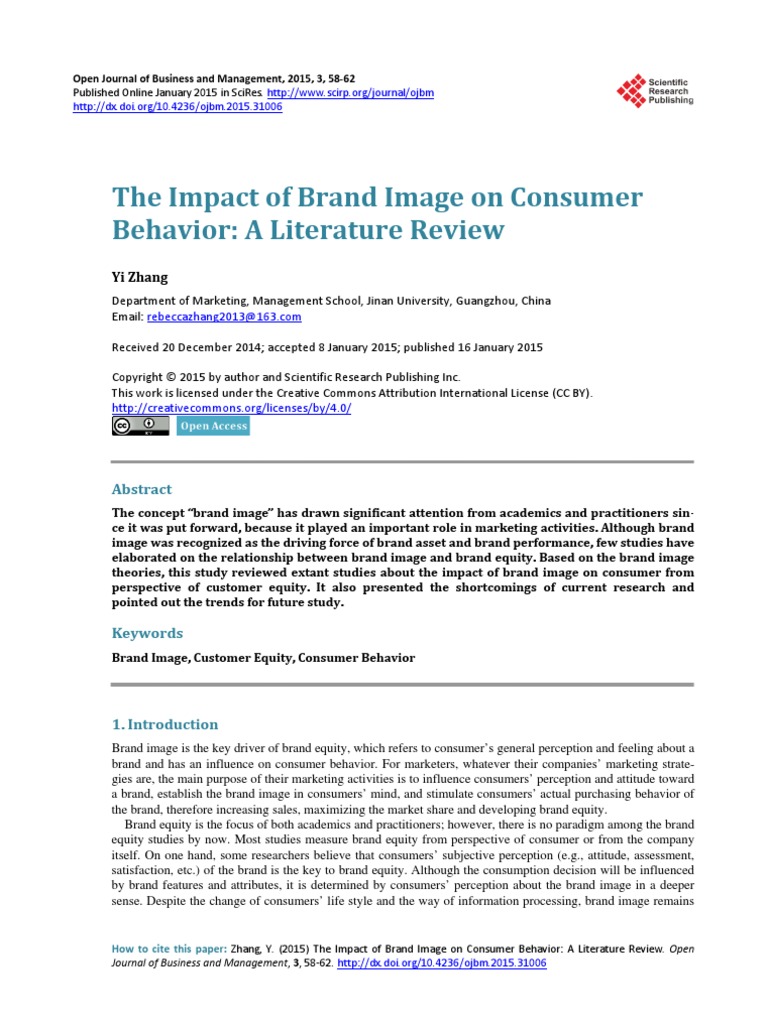Target's Reversal Of DEI Initiatives: Impact On Brand And Consumer Behavior

The Nature of Target's DEI Initiative Reversal
Target's initial DEI initiatives encompassed a wide range of programs aimed at promoting diversity within the company and supporting LGBTQ+ communities. These included partnerships with LGBTQ+ designers, featuring inclusive product lines, and internal diversity training programs. However, the reversal, rather than a complete retraction, appears to be more of a strategic shift and scaling back of certain initiatives, particularly those perceived as controversial by a segment of its customer base.
- Specific examples of original DEI programs: Target collaborated with designers like Abrima Erwiah of Studio 189 on clothing lines and launched Pride collections featuring LGBTQ+ themed merchandise. Internal training programs focused on unconscious bias and inclusive leadership.
- Reasons cited by Target for the reversal: Target's official statements have been relatively limited, citing a need to "balance inclusivity with the needs of all our customers." This statement suggests a response to negative consumer feedback and potential economic pressures.
- Timeline of events leading to the reversal: The timeline involves a gradual shift, starting with subtle changes in marketing and product placement, culminating in a noticeable reduction in overtly LGBTQ+ themed products and marketing campaigns.
- Potential motivations: The reversal likely stemmed from a combination of factors including significant backlash from conservative consumer groups who opposed certain aspects of Target's DEI initiatives, potential financial concerns over decreased sales due to boycotts, and possibly internal disagreements regarding the strategic direction and risk tolerance surrounding DEI.
The Impact on Target's Brand Image
The immediate public reaction to Target's shift in its DEI strategy was highly polarized. While some consumers lauded the move, praising Target for responding to perceived customer concerns, others viewed it as a betrayal of its commitment to inclusivity and diversity, leading to calls for boycotts and accusations of pandering to anti-LGBTQ+ sentiment.
- Changes in brand perception among different demographics: Younger, more progressive demographics expressed strong disapproval, while some older, more conservative consumers appeared to react favorably. This created a significant rift in Target's customer base.
- Impact on Target's stock price and investor confidence: While there was some initial negative impact on Target's stock price, it largely stabilized, suggesting that the long-term financial ramifications might not be as severe as initially feared. However, investor confidence may have been impacted.
- Coverage in major media outlets and social media sentiment analysis: The story received widespread media attention, with social media becoming a battleground for competing narratives and intensifying public polarization. Sentiment analysis on social media platforms reflects a substantial division of opinion.
- Effects on Target’s brand association with social responsibility and inclusivity: Target's brand association with social responsibility and inclusivity has undoubtedly been damaged, especially among its traditionally supportive customer base. This could have long-term consequences for brand loyalty.
Changes in Consumer Behavior and Purchasing Patterns
Consumer responses ranged from boycotts organized through social media campaigns to pledges of continued loyalty and even increased spending to show support for Target's decision. Quantifying the impact on sales requires a detailed analysis of sales figures, comparing pre- and post-reversal data.
- Specific examples of consumer reactions: Social media saw an outpouring of both support and criticism, with hashtags such as #BoycottTarget and #SupportTarget trending. Petitions were circulated both for and against Target's actions.
- Analysis of sales figures before, during, and after the reversal: While precise sales data is not publicly available, anecdotal evidence and reports suggest a mixed impact. Some reports indicate a drop in sales, while others suggest the effects have been minimal or localized.
- Consumer segmentation – how different groups reacted differently: This is a critical area for future research. Understanding how different demographic segments reacted is crucial for Target's future marketing strategy.
- Potential for long-term shifts in consumer loyalty and brand preference: The long-term consequences remain uncertain, but there's a potential for a shift in brand loyalty among certain consumer groups.
The Role of Social Media and Public Discourse
Social media played a pivotal role in amplifying the controversy surrounding Target's reversal of DEI initiatives. The rapid spread of information, coupled with the ability of users to organize and mobilize, significantly impacted public opinion.
- Examples of viral social media posts and hashtags: Several posts and hashtags went viral, fueling the debate and contributing to the polarization of opinions.
- Analysis of public opinion polls and surveys: Public opinion polls and surveys conducted after the reversal would reveal the extent to which Target's brand image has been impacted.
- The role of influencers and opinion leaders in shaping public discourse: Influencers and opinion leaders played a crucial role in shaping the narrative, either amplifying the controversy or advocating for a particular viewpoint.
Conclusion: Understanding the Fallout of Target's Reversal of DEI Initiatives
Target's reversal of its DEI initiatives has revealed the precarious balancing act businesses face when navigating social responsibility and profitability. The impact on brand image and consumer behavior has been complex and multifaceted, highlighting the need for nuanced and carefully considered approaches to DEI initiatives. While the immediate financial consequences may be limited, the long-term effects on brand loyalty and trust remain to be seen. Further research is needed to fully understand the lasting impact of Target's decision, and similar case studies will prove invaluable for other businesses in developing effective and sustainable DEI strategies. Continue to follow the unfolding situation and engage in further discussions on the implications of Target's reversal of DEI initiatives and the challenges businesses face in balancing profitability with social responsibility. Further research into the impact of such reversals on different demographic segments and the overall long-term effects on consumer behavior is highly recommended.

 Kyf Yezz Alteawn Slslth Almmyzt Dd Mnafst Alshbab
Kyf Yezz Alteawn Slslth Almmyzt Dd Mnafst Alshbab
 125 Murid Asnaf Sibu Terima Bantuan Kembali Ke Sekolah Tabung Baitulmal Sarawak 2025
125 Murid Asnaf Sibu Terima Bantuan Kembali Ke Sekolah Tabung Baitulmal Sarawak 2025
 Louisville State Of Emergency Tornado Damage And Severe Flooding Forecast
Louisville State Of Emergency Tornado Damage And Severe Flooding Forecast
 Unexpected Dragon Den Twist Businessmans Bold Decision After Showdown
Unexpected Dragon Den Twist Businessmans Bold Decision After Showdown
 Understanding The Dragons Den Judges Perspectives And Investment Criteria
Understanding The Dragons Den Judges Perspectives And Investment Criteria
